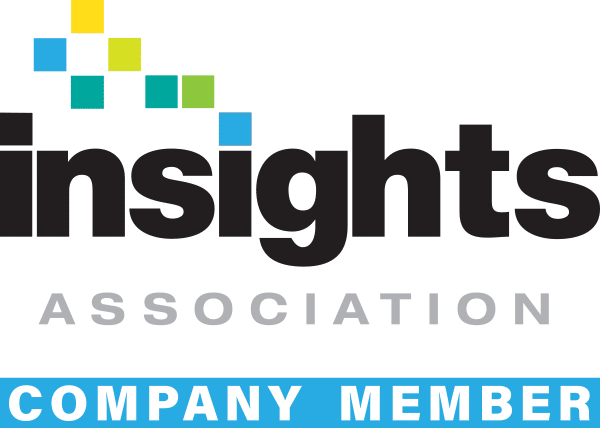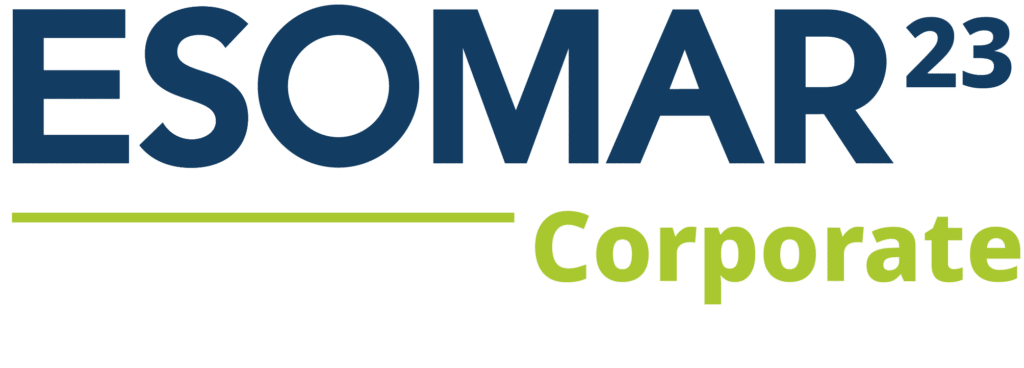The landscape of online, probability-based panels in market research is undergoing a transformation. This article delves into the evolving industry, focusing specifically on emerging challenges and their solutions through panel consolidation and aggregation. We will explore the pros and cons of large panel providers versus panel aggregators, shedding light on the considerations that matter most to market research & insights professionals.
The Online Panel Industry Landscape
The panel industry’s most prominent players ($300MM-$4B in annual revenue1,2) include Nielsen, Kantar, Ipsos, Dynata, Prodege, and others, alongside mid-sized providers (more than $150MM in annual revenue each3,4) such as Toluna, SAGO, and Westat. These industry leaders have established themselves through their extensive experience, reputations for trustworthiness, benchmark data, and national & global scale.
The industry is facing new challenges, including a decline in available survey participants (especially in younger demographics) and the ever-evolving “cheat” tactics of bot traffic and bad actors. Target audiences with a low incidence rate (IR), difficulties in collecting longitudinal data, and panel member retention pose additional challenges.
To address these challenges, the industry is witnessing trends towards consolidation and aggregation. Proprietary panels are growing larger by consolidating and new technologies facilitating aggregation among panels are on the rise. This article aims to explore the implications of this shift by comparing the merits of large panel providers versus panel aggregators.
Large Online Panel Providers Compared to Online Panel Aggregators
Large panel providers maintain lists of potential market research participants representative of the adult population (e.g., of the United States). Probability-based surveys select participants from these panels through a randomized sampling process, theoretically ensuring an equal chance of selecting any individual. These providers tend to offer end-to-end services, from survey design & programming to data analysis, but many stop short of providing strategic insights or strategy development from the data that is collected. It is also possible to only purchase sample through them. Examples of large proprietary panel providers include Dynata, Prodege, and Toluna.
Panel aggregators offer a similar experience from the data end-user’s perspective, but they differ in their sampling process behind the scenes. They aggregate sample from multiple panels, necessitating careful avoidance of participant duplication. Companies like EMI Research Solutions and Rep Data follow this approach.
What They Both Do Well
- Research-on-research suggests that large panel providers and aggregators exhibit similar accuracy and have low error rates compared to opt-in sample techniques.5
- Both large panel providers and aggregators with a large network scale well at low incidence rates and can be used to field consumer surveys across most sectors and industries.
- Both types of providers integrate well with survey data collection platforms (e.g., Qualtrics, Sawtooth), making it easy to run custom conjoint & MaxDiff surveys as well as agile concept testing (see FK LiveLabsTM quantitative research offerings here).
Unique Benefits of Each
- Large panel providers, with their legacy and size, often enjoy high regard from marketing teams and tend to be cost-effective.
- Aggregators excel in removing duplicate & bot traffic, and they claim to mitigate bias by mixing data from multiple panels.
Drawbacks of Each
- When IR is low, large panel providers tend to reach out to a network and aggregate multiple panels anyway.
- Aggregators can be more expensive and are sometimes perceived as up-and-comers by marketing professionals.
Where They Both Still Need to Improve
- B2B recruitment: With fewer professionals than consumers available to build large panels, some large-scale B2B quant studies can be complex to field.
- Longitudinal studies: These studies can be difficult to run because of panel refresh. Participants might be interested in taking online surveys for a limited time only, rendering them hard or impossible to reach again.
- Panel sizes: As fewer people are interested in taking surveys, the size of panels are shrinking over time. For example, Gen Z appears to be less interested in taking online surveys than older generations because the incentives do not always align with their interests and lifestyles. So, it is common to have trouble reaching Gen Z in low IR categories.
Key Takeaway
Large panel providers and panel aggregators each have pros and cons, making them suitable for different types of market research studies. It is best to assess options for a market research study on a case-by-case basis by connecting with each type of vendor and evaluating which will best reach your target audience. Coverage of target audience impacts important market research parameters such as feasibility, timeline, and cost. However, as of now, large panel providers and panel aggregators do not appear to be different in yielding accurate and quality data.
The principal challenge that the industry needs to solve is the diminishing size of online panels. The way this issue is addressed, whether through consolidation or aggregation, significantly influences approaches to conducting market research. We anticipate the panel industry to look very different in 5-10 years. FK LiveLabsTM continues to keep a pulse on the latest trends in market research and the impact on brand strategy and innovation.
About FK LiveLabs
FK LiveLabs develops agile research tools designed to quickly and scientifically enhance and scale up consumer insight with real-time feedback and new-found efficiency. These tools provide a fast and cost-effective methodology for removing the guesswork from brand strategy, innovation, and positioning creation.
For more information on FK LiveLabs™ agile quantitative services click here or contact us at info@fklivelabs.com.
Sources:
1ESOMAR – Global Top 50 Insights Companies 2023
2Statista (referencing Insights Association and Michigan State University)
3Crunchbase
4Techcrunch
5Pew Research Center


